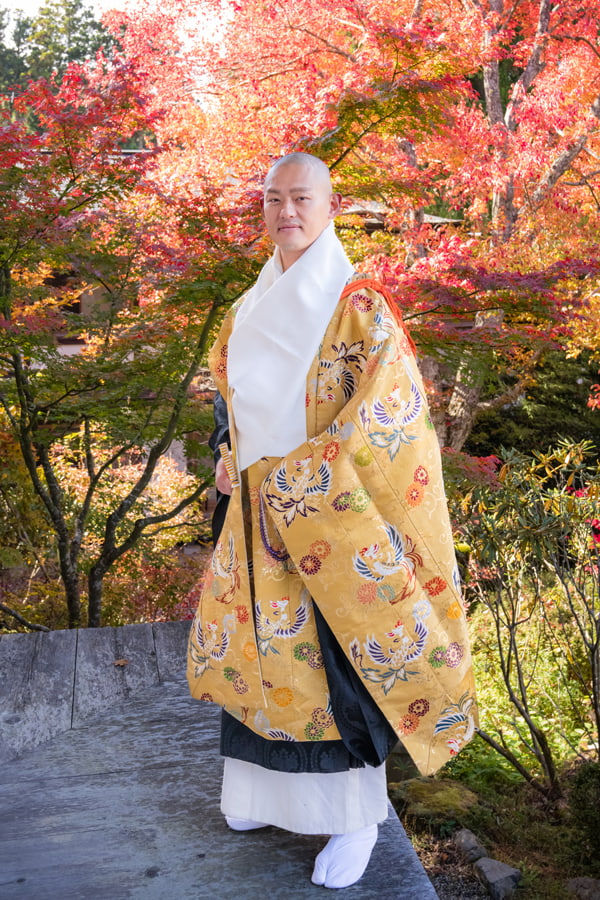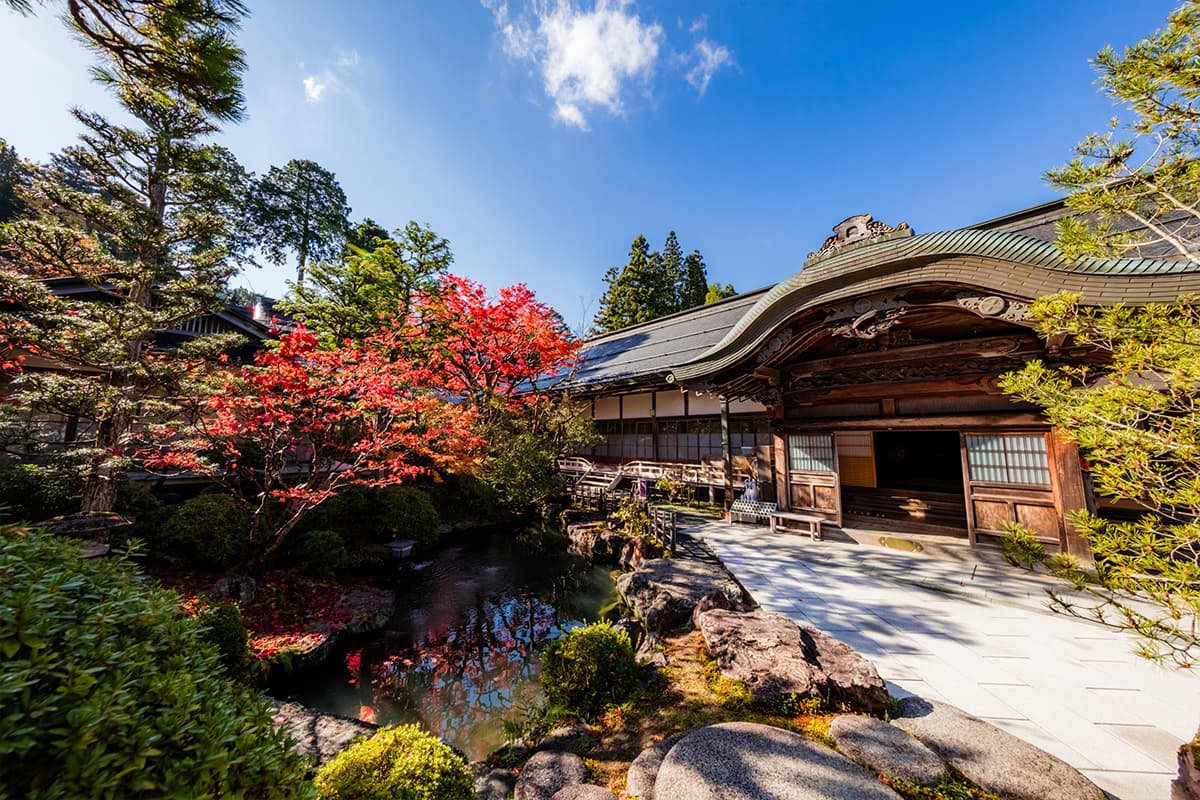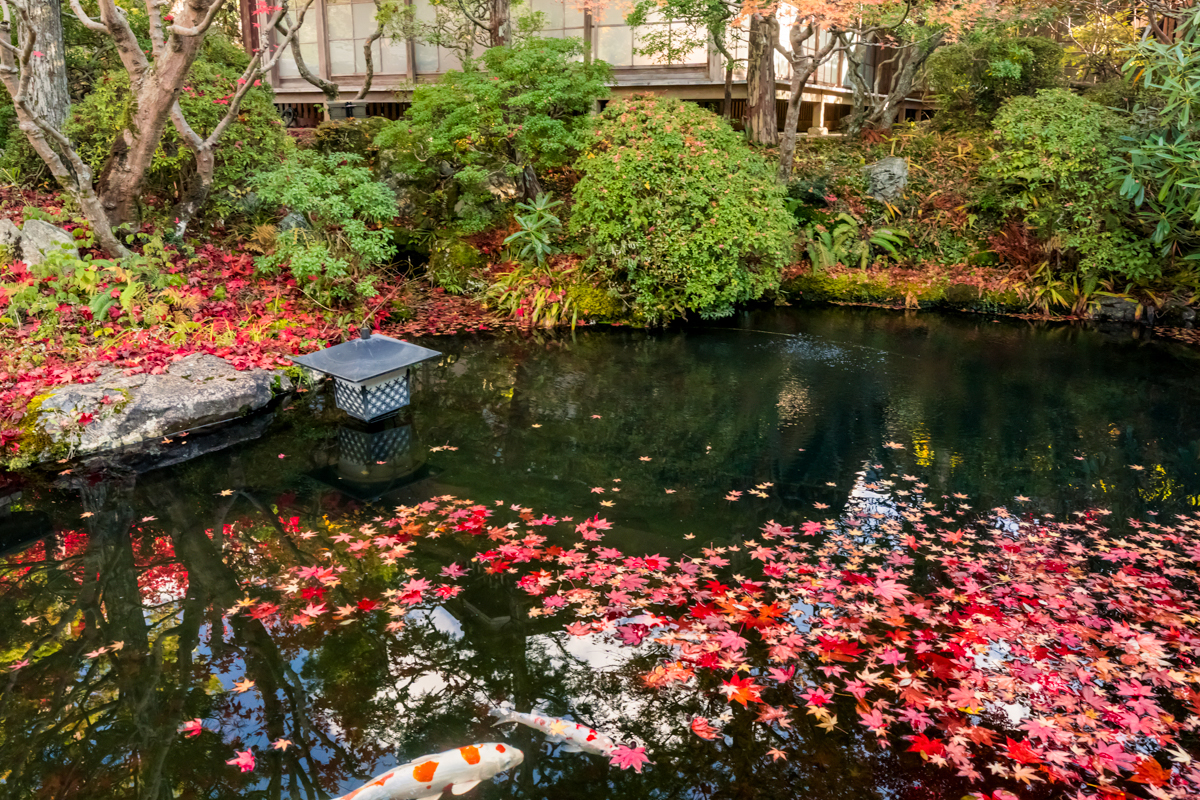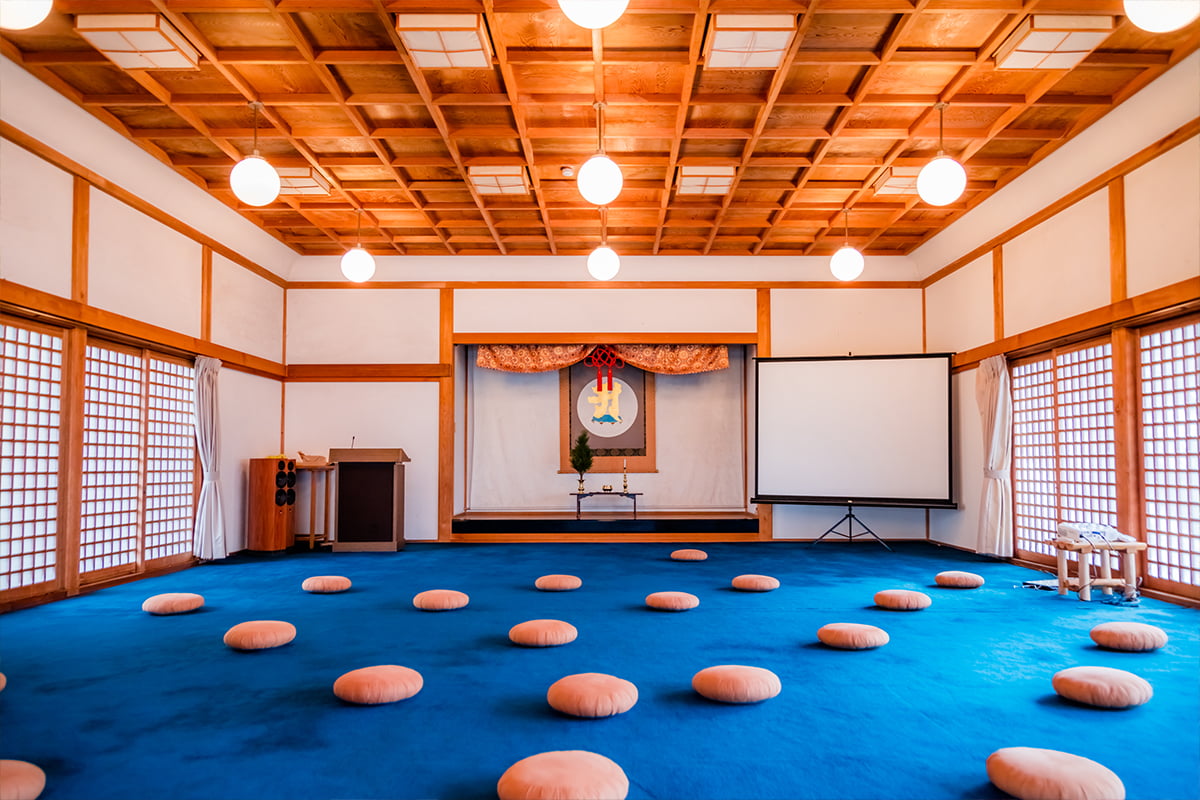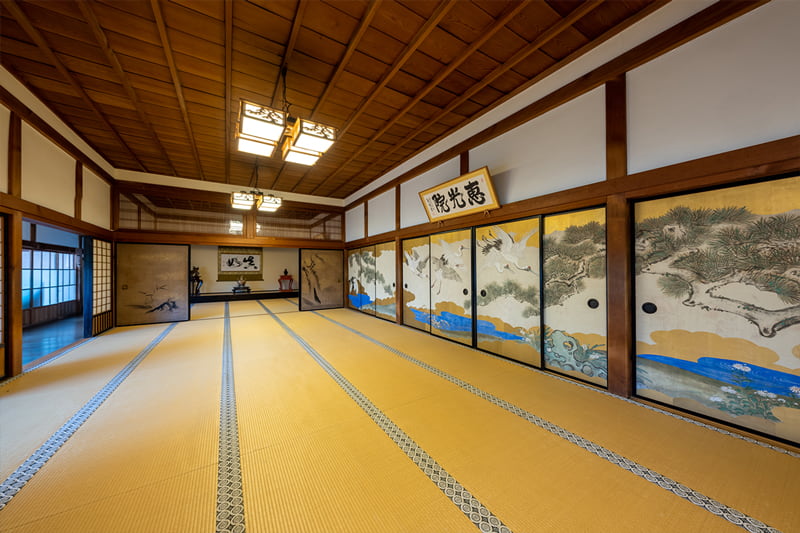Ekoin Temple (恵光院) is a temple on Koyasan Mountain with a 1200-year history, which dates back to Kobo Daishi Kukai, who built a five-story pagoda and enshrined Bishamonten and Fudo Myoo.
In 1308, Ryocho Ajari (ajari: a master in esoteric Buddhism) was transferred from Toji Temple in Kyoto to this temple and rebuilt Ekoin Temple (written as 廻向院). Around 1558, the temple had a familial relationship with Shimazu Yoshihiro, the 17th head of the Satsuma Clan. It is also the family temple of Akechi Mitsuhide.
From 1704, under the order of the 8th Shogun, Tokugawa Yoshimune, the name of the temple was changed to “恵光院” (Ekoin) with the teachings of the Buddha continuing to this day to be passed down from generation to generation.
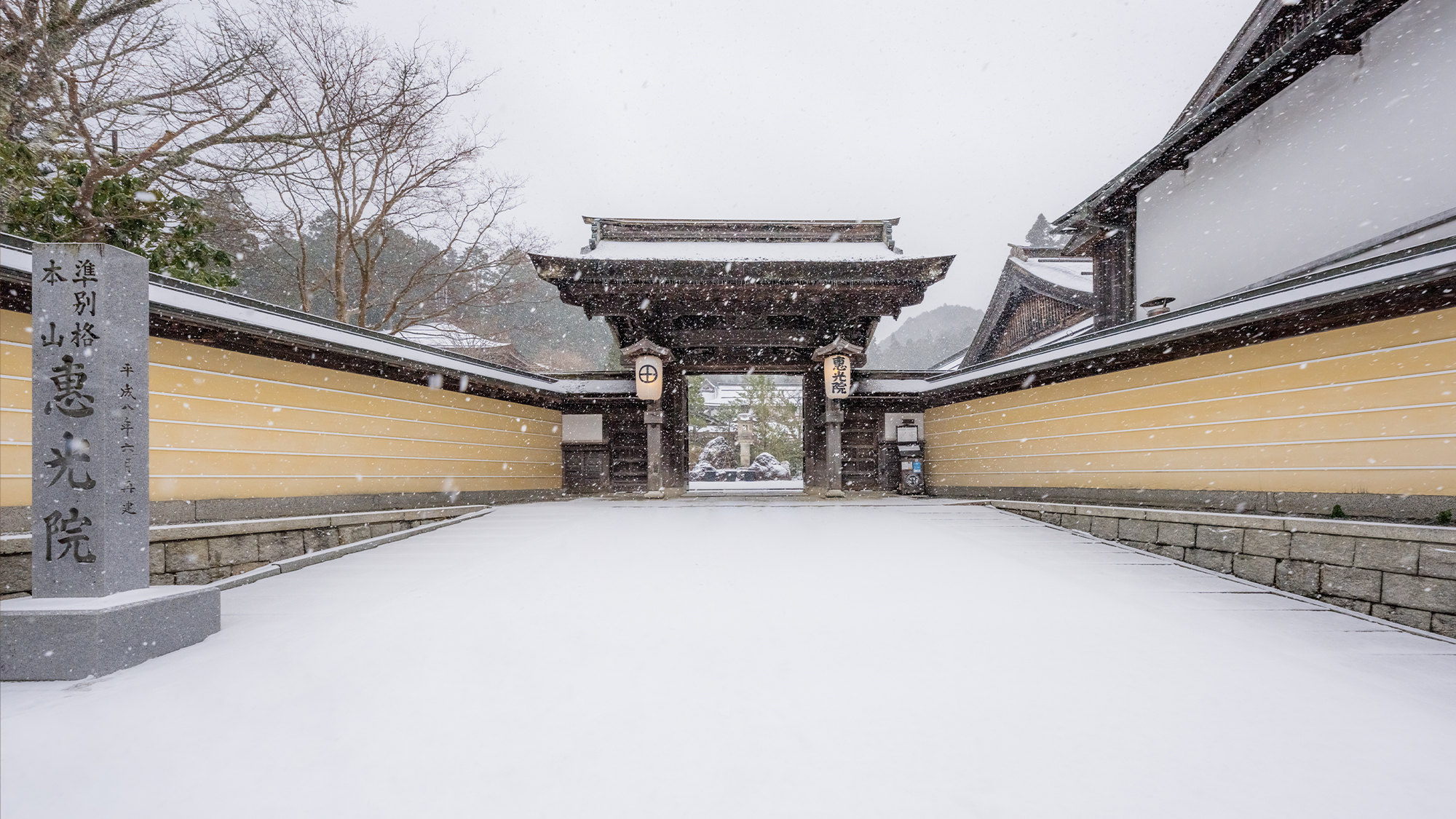
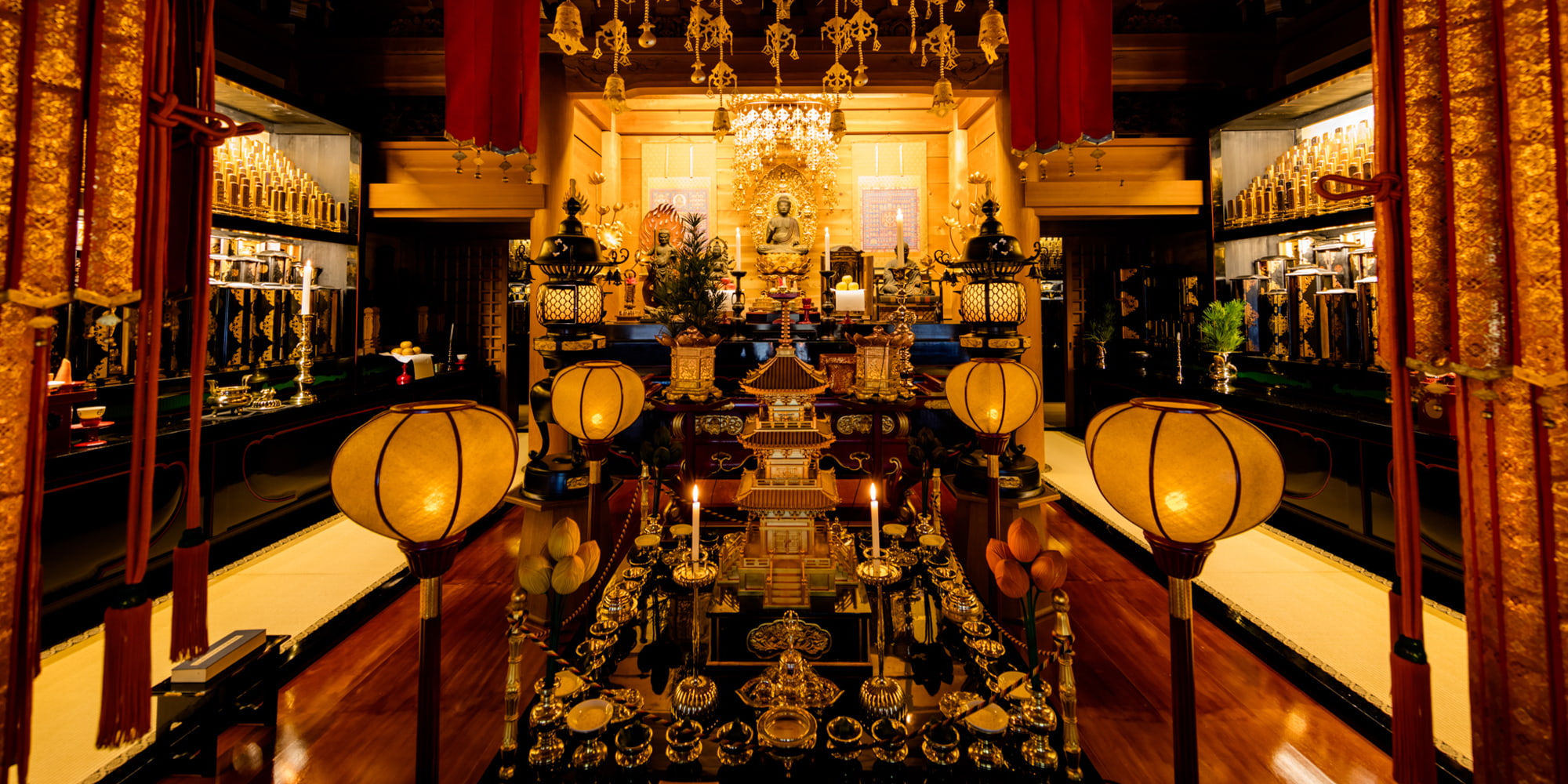
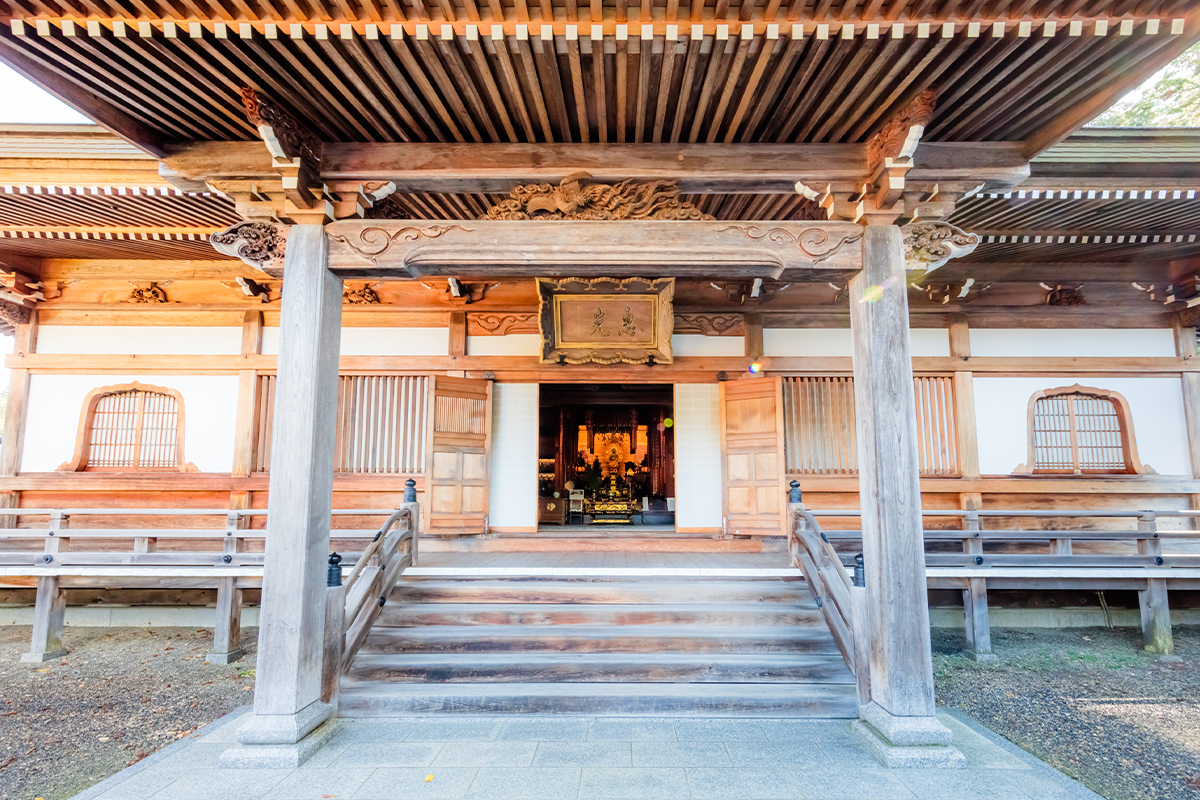
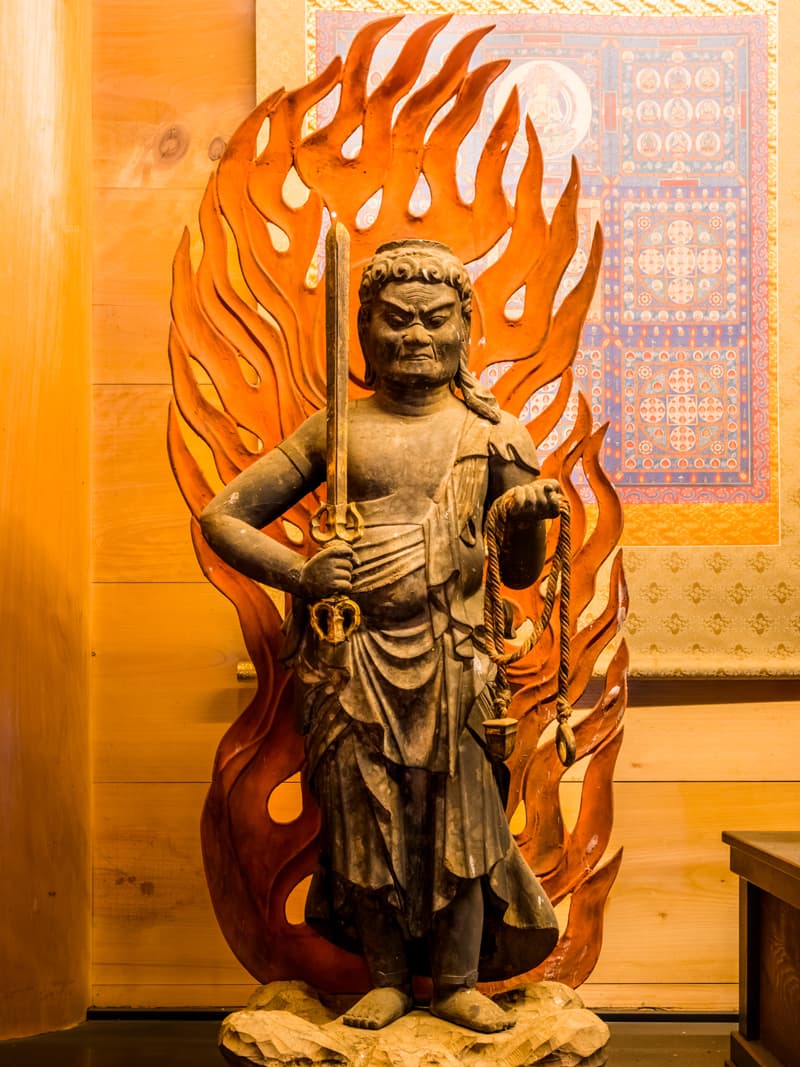
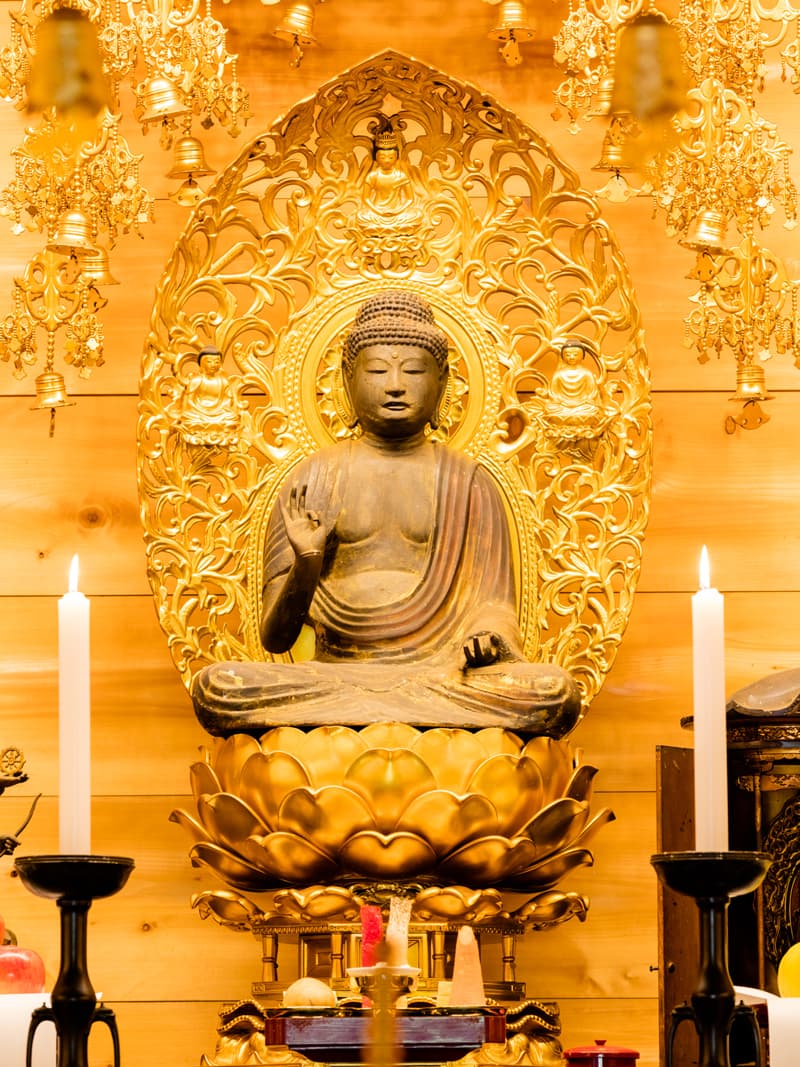
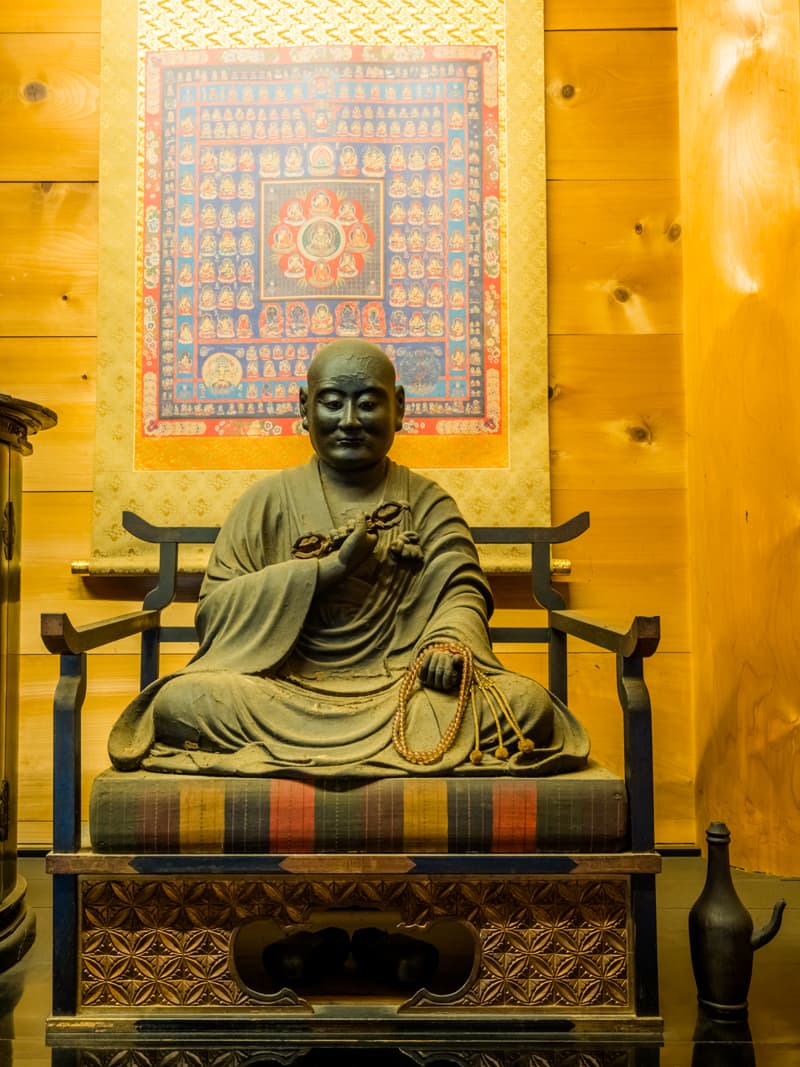
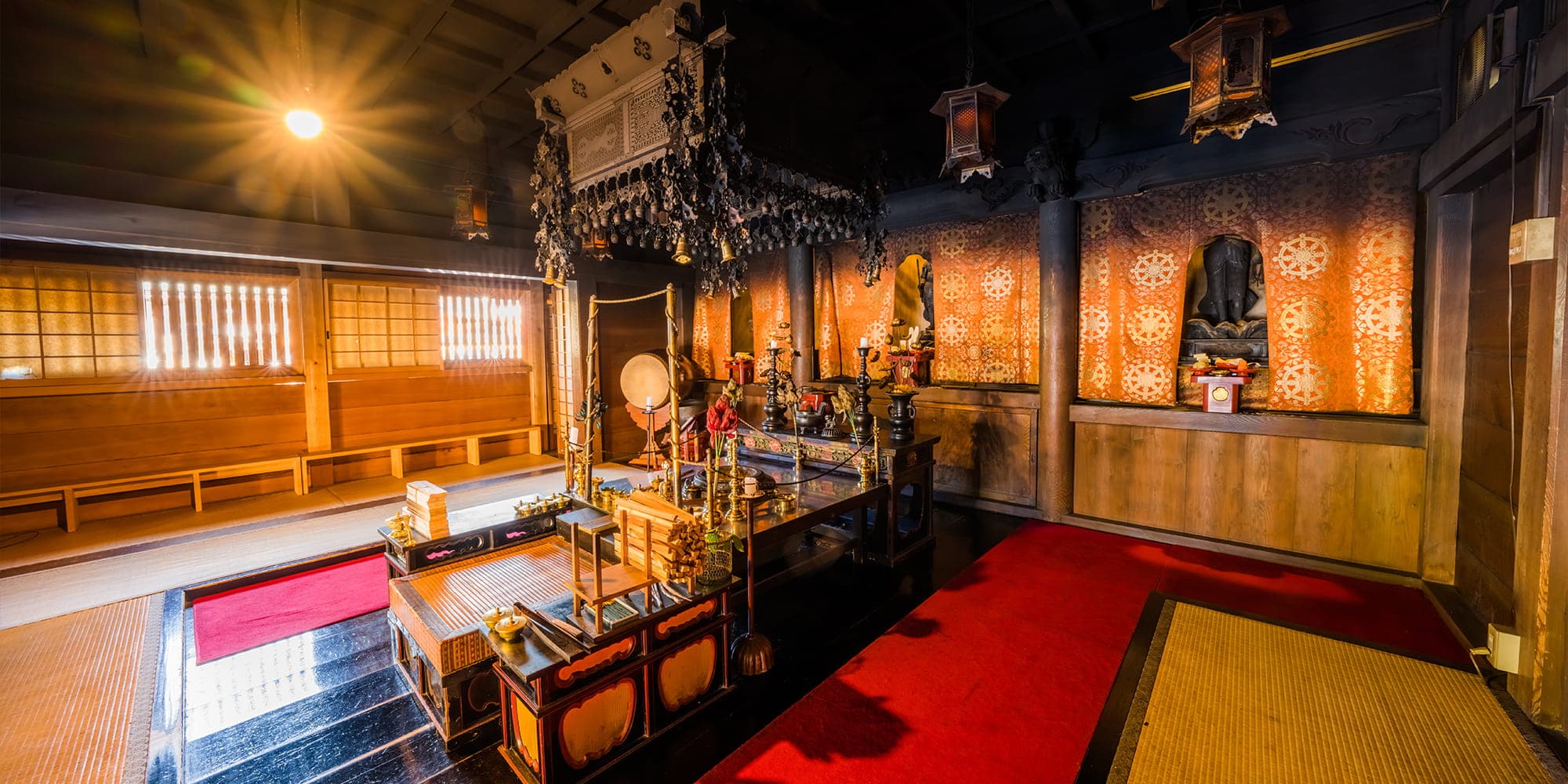
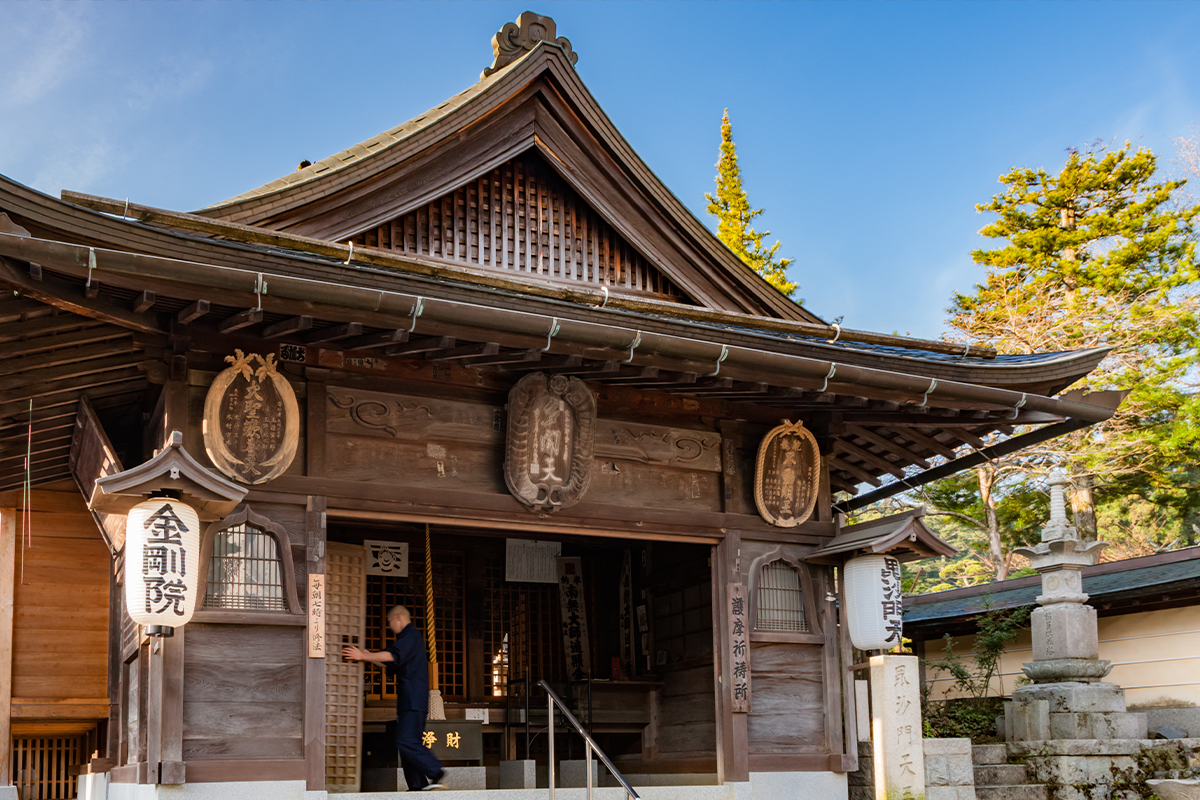
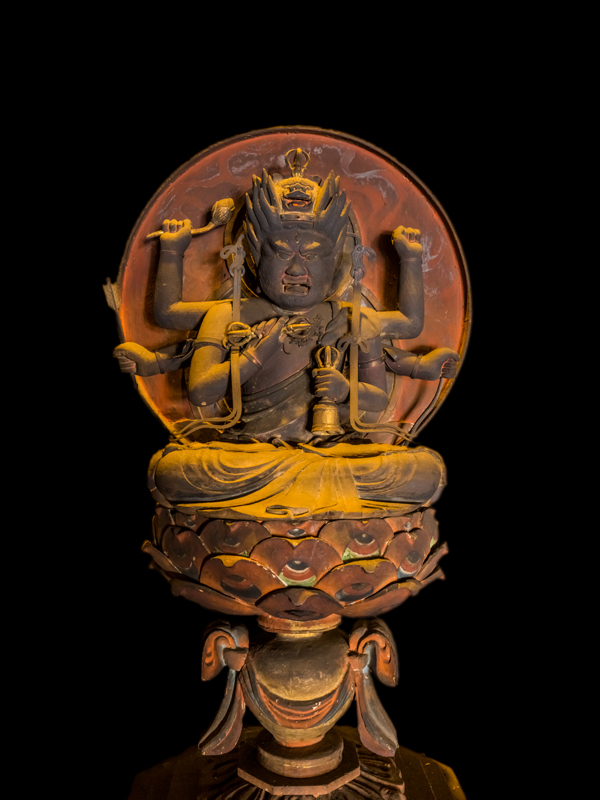
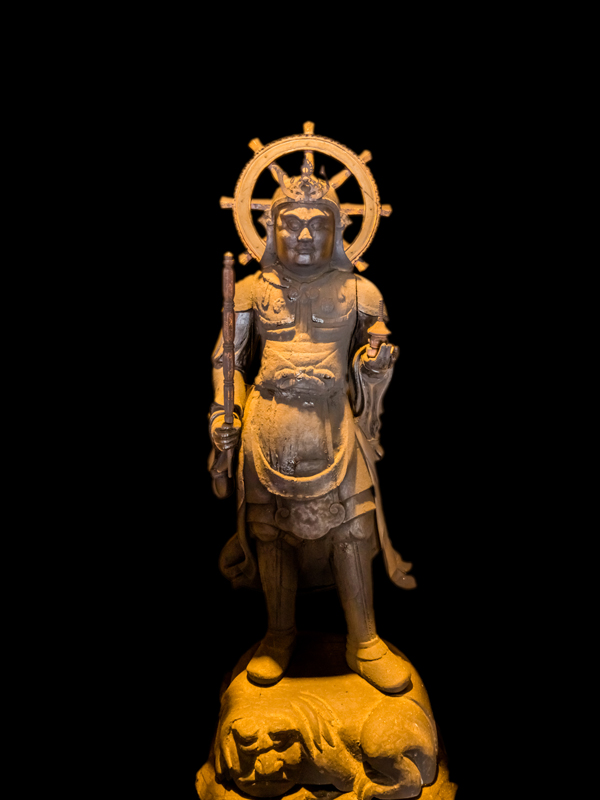
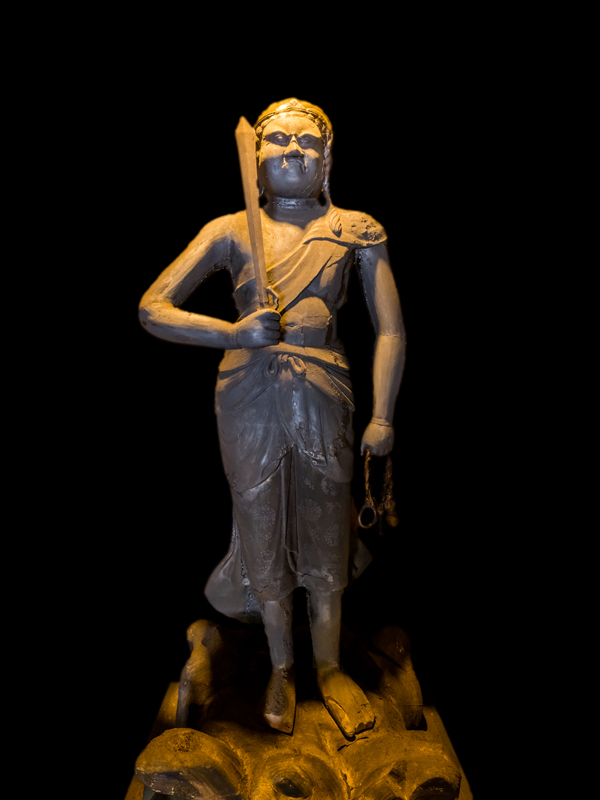
Our temple is located just a short walk from the Okunoin Ichinohashi Bridge entrance, from the residence of Kobo Daishi Kukai, and is a temple lodging where you can enjoy history and nature.
